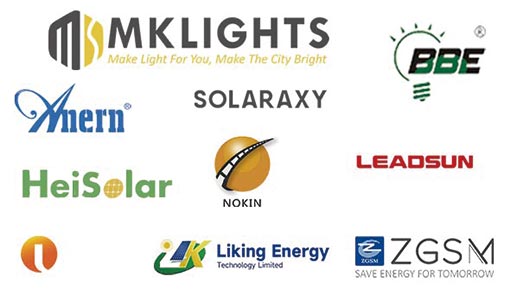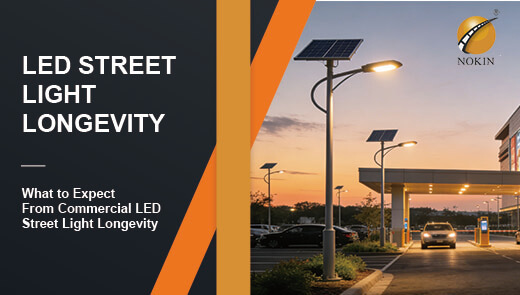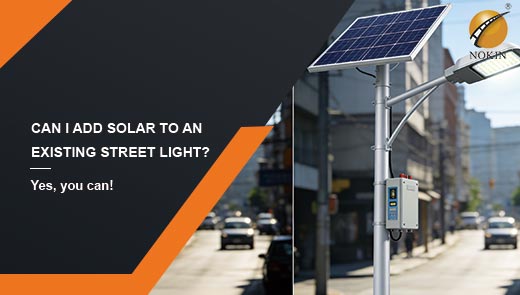How to improve luminous efficacy for LED lights
In the face of increasingly scarce energy resources and growing demand for efficient lighting, improving the luminous efficacy of LED lights has become a key research focus in the lighting industry. Higher luminous efficacy not only means lower energy consumption but also provides users with a better lighting experience and reduces operational costs. This article will delve into how to enhance the luminous efficacy of LED lights, helping readers gain a deeper understanding of the relevant technologies and applications.
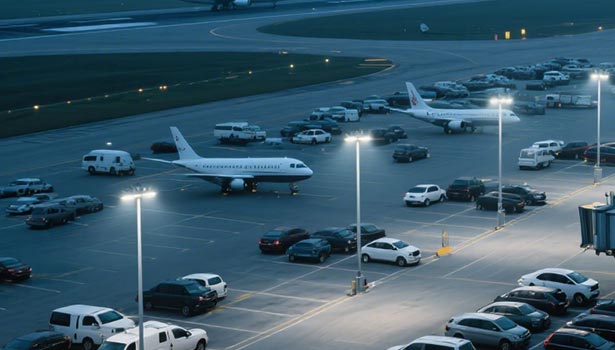
What is luminous efficacy?
Definition of luminous efficacy
Luminous efficacy is a key metric for measuring the efficiency with which a light source converts electrical energy into visible light. It is defined as the ratio of luminous flux (unit: lumens, lm) to power (unit: watts, W), with the unit being lumens per watt (lm/W). In simple terms, lighting fixtures with high luminous efficacy can produce more visible light under the same power input, achieving superior lighting performance. Therefore, luminous efficacy serves as a crucial basis for evaluating the performance and efficiency of lighting equipment, directly reflecting the energy-saving potential and lighting quality of the system.
Differences between LED chip luminous efficacy and fixture luminous efficacy
In the field of lighting, “LED chip luminous efficacy” and “fixture luminous efficacy” are two concepts that are related yet distinct. LED chip luminous efficiency: This refers to the efficiency with which a single LED chip converts input electrical energy into visible light, representing the brightness or luminous flux produced by the LED chip per unit of energy consumption, also expressed in lm/W. Higher chip luminous efficiency means that under the same power conditions, the chip can emit brighter light and has higher energy utilization efficiency.
Luminaire luminous efficiency: This encompasses the LED chip along with auxiliary components such as reflectors, lenses, and heat sinks, representing the overall energy utilization efficiency of the entire lighting system. Luminaire luminous efficiency is not only influenced by LED chip efficiency but also depends on factors such as optical design, thermal design, and LED driver circuit efficiency. By optimizing these factors, the overall luminous efficiency of the luminaire can be effectively improved.
Practical ways to improve LED lights efficiency
Use higher driver efficiency
LED drivers play a central role in regulating power supply within the entire lighting system. High-efficiency LED drivers minimize energy loss during conversion, ensuring stable and efficient operation of LED chips. When selecting LED drivers, it is recommended to prioritize products with a power factor exceeding 0.9 and efficiency ratings of 90% or higher, which significantly reduce power waste and enhance overall lighting performance.
Choose high-efficiency LED chips
LED chip efficiency is measured in lm/W, directly determining the amount of visible light produced per unit of power. High-quality LED chips typically achieve efficiency ratings of 200–220 lm/W, providing brighter lighting while effectively reducing energy consumption. Using advanced high-efficiency LED chips significantly reduces operational costs and is a key factor in enhancing LED lighting efficiency.
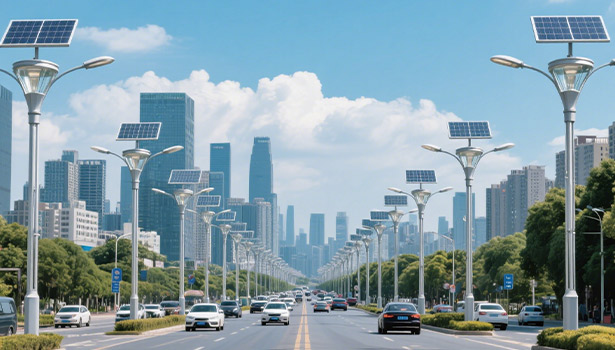
Increase LED chip quantity
Increasing the number of LED chips inside the fixture can effectively distribute the workload, thereby achieving better light output and higher efficiency. Compared to overdriving a small number of LED chips (which generates excessive heat and reduces efficiency), a balanced design using more LED chips, each operating at lower power, can achieve superior overall performance.
Optimize heatsink design
Effective thermal management is essential for ensuring the longevity and efficiency of LED lights. Excessively high temperatures can shorten the lifespan of LEDs and cause light output to decline over time. Therefore, a well-designed heatsink is indispensable. It is recommended to use materials with excellent thermal conductivity, such as aluminum or copper, for the heatsink, and further enhance cooling performance through optimized airflow design and increased heat dissipation surface area to ensure that LEDs operate at their optimal temperature.
Choose high-transmittance optics
Light transmittance refers to the proportion of light emitted by a light source that successfully reaches the target surface. Using high-transmittance optical components, such as lenses with anti-reflective coatings and high-quality optical diffusers, can minimize light loss and achieve more uniform light distribution. Selecting optical components with transmittance exceeding 90% allows more light to effectively reach the target area, thereby improving overall lighting efficiency.
Apply reflective films
Applying reflective coatings or films inside lighting fixtures can redirect stray light, ensuring more light reaches the areas that need illumination. For example, using high-reflectivity materials such as aluminum reflectors or nano-coated films can effectively increase total light output without additional energy consumption. This technology is particularly effective in LED panel lights, floodlights, and downlights.
Optimize system design
A well-planned LED lighting system can minimize energy loss and achieve optimal light distribution. Specific measures include:
Voltage Regulation: Ensure stable voltage to prevent unnecessary power loss caused by voltage fluctuations.
Lighting Fixture Layout:Arrange lighting fixtures in a reasonable manner to avoid over-illumination or uneven lighting, thereby improving light energy utilization.
Wiring Connections: Use high-quality wires and connectors to reduce resistance and minimize energy loss during power transmission.
Smart control: Introduce smart lighting control devices such as motion sensors and dimmers to automatically adjust lighting brightness according to actual needs, achieving precise energy utilization.
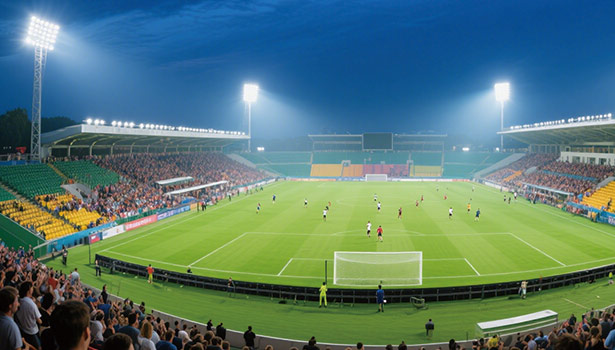
Why are LED lights more energy efficient?
Compared to traditional lighting technologies, LED lights have significant advantages in energy efficiency, largely due to their excellent luminous efficiency, which is reflected in the following aspects:
|
Lighting Type |
Luminous Efficacy (lm/W) |
|
Incandescent light |
10-15 |
|
Fluorescent light |
50 - 100 |
|
LED light |
Over 200 |
Higher luminous efficiency
As clearly shown in the table above, traditional incandescent bulbs produce only 10–15 lumens per watt, fluorescent lights can reach 50–100 lumens, while modern LED technology achieves a luminous efficiency exceeding 200 lumens per watt. This means that to achieve the same brightness, LED lights require significantly less electricity, effectively reducing power consumption and operational costs.
Lower heat generation
One of the major energy losses in traditional lighting systems is heat generation. For example, incandescent and halogen bulbs convert up to 90% of electrical energy into heat, resulting in significant energy waste. LED lights, however, operate at lower temperatures and can convert most of the electrical energy directly into light energy rather than heat. This not only improves energy efficiency but also reduces cooling costs in heat-sensitive environments such as industrial spaces and offices.
Directional lighting
LED lights have the characteristic of directional lighting, allowing light to be directly projected onto the areas that need illumination. In contrast, traditional light bulbs emit light in all directions, requiring reflectors or diffusers to control the direction of light. This directional lighting feature enables LED lights to reduce light waste and significantly improve the overall efficiency of the lighting system.
Advanced driver technology
LED lights use electronic drivers that efficiently regulate power supply. Compared to traditional lighting systems that use ballasts or transformers, LED drivers effectively reduce power loss and maintain stable voltage output. This makes LED lights more stable in performance, longer in lifespan, and more energy-efficient, particularly suitable for industrial and commercial lighting scenarios with high performance requirements.
Dimmability and smart controls
LED lighting systems offer high flexibility and can easily integrate smart features such as dimming control, motion sensors, and daylight harvesting systems. Through dimming functionality, users can adjust brightness according to actual activity needs to avoid unnecessary energy consumption; motion sensors ensure lights automatically turn off when unoccupied, further saving energy. These smart control features are particularly practical in office, warehouse, and outdoor lighting scenarios.
Long lifespan
LED lights have a significantly longer lifespan than traditional lighting fixtures, typically lasting 50,000–100,000 hours, compared to approximately 1,000 hours for incandescent bulbs and 8,000–15,000 hours for fluorescent lights. Fewer replacements not only reduce material waste but also lower maintenance costs. In the long term, this significantly improves energy efficiency, making LED lighting a more sustainable choice.
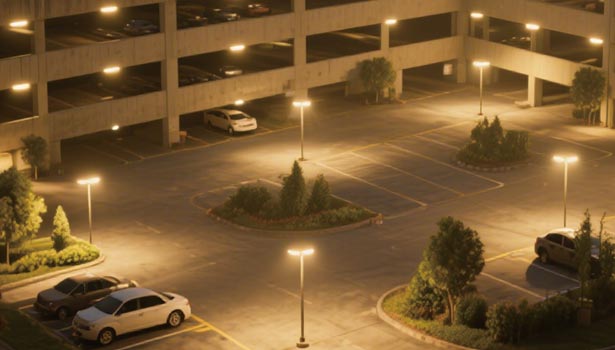
No warm-up time
Unlike compact fluorescent lights (CFLs), which require several seconds to warm up before reaching full brightness, LED lights can instantly achieve 100% brightness, providing immediate full-power lighting. This feature not only enhances convenience but also avoids energy waste caused by the warm-up process, making it particularly valuable in applications such as safety lighting, emergency lighting, and motion-sensor outdoor fixtures.
Applications and uses of LED lighting
Wide application indoors and outdoors
The development of modern LED technology has enabled its widespread application in various indoor and outdoor lighting scenarios, covering multiple fields such as industry, residential, commercial, and public spaces. Whether it is high-intensity lighting in factory workshops, warm lighting in residential homes, or atmosphere creation in commercial spaces, LED lights can provide customized lighting solutions tailored to the needs of different venues, further optimizing energy consumption.
Unique advantages of smart control
Compared to traditional incandescent and fluorescent lights, LED lights offer greater convenience in adjusting light intensity and color temperature. By integrating sensors, timers, and other smart control systems, more efficient lighting solutions can be achieved. For example, LED lighting systems with daylight response functionality can automatically reduce brightness when natural light is abundant, thereby achieving energy-saving objectives.
Future trends and opportunities in LED technology
Smart LED integration trends
In future lighting design, smart LED integration will become an important development direction, offering more possibilities for lighting control, energy conservation, and cost savings. For example, by using smart systems to real-time sense the intensity of natural light in the environment and automatically adjust the output of LED lights accordingly, it is possible to reduce power consumption while extending the lifespan of lighting fixtures, thereby achieving a more intelligent and efficient lighting experience.
New opportunities for cross-industry development
The application of LED technology is not limited to the lighting industry but will also bring new development opportunities to multiple industries such as automotive, electronics, and healthcare. Its unique characteristics, including small size, long lifespan, and multi-color spectrum, can help companies develop more environmentally friendly products and services, promote sustainable development, and provide new solutions to enhance people's quality of life.
As can be seen, every step from selecting efficient components to optimizing system design is crucial for improving the luminous efficiency of LED lights. Additionally, LED lights, with their outstanding energy-saving characteristics and wide range of applications, are gradually becoming the mainstream choice in the lighting industry. With the development of smart LED integration technology and the expansion of cross-industry applications, LED technology will undoubtedly play an increasingly important role in enhancing luminous efficiency and driving transformation in the lighting industry.

